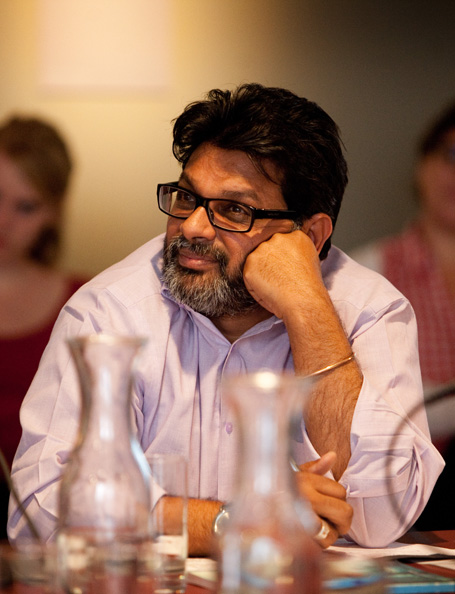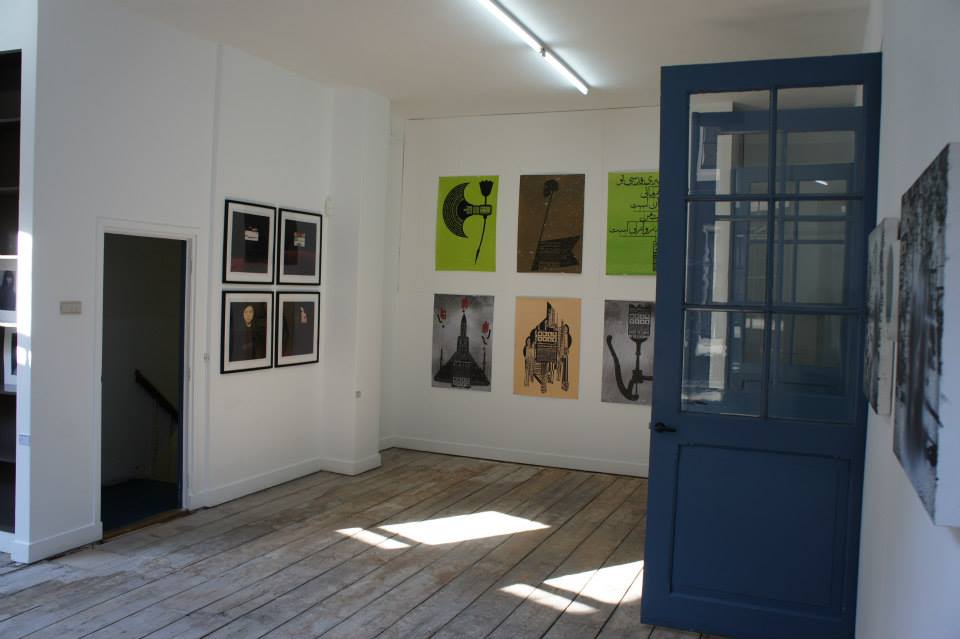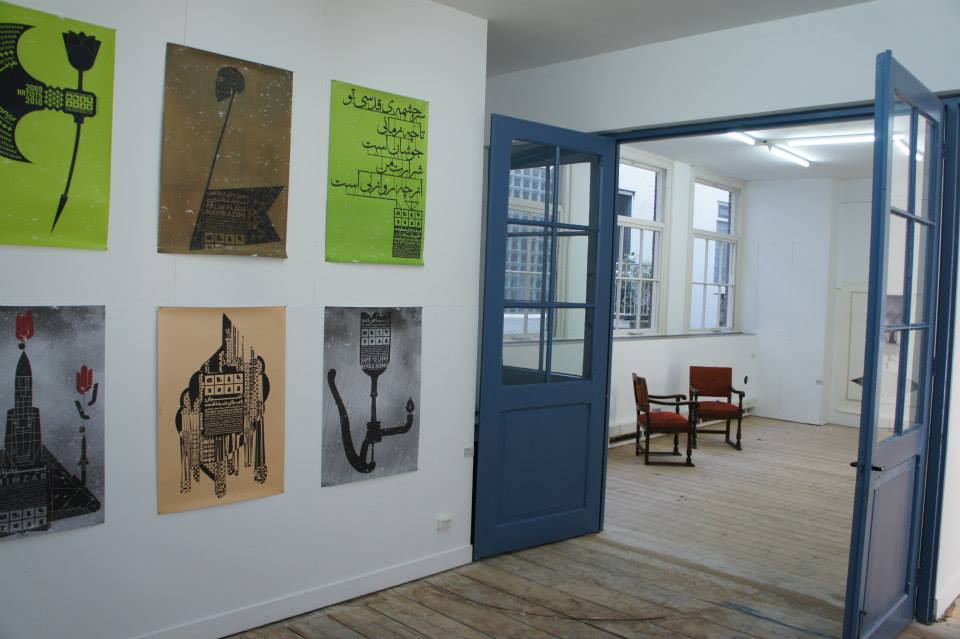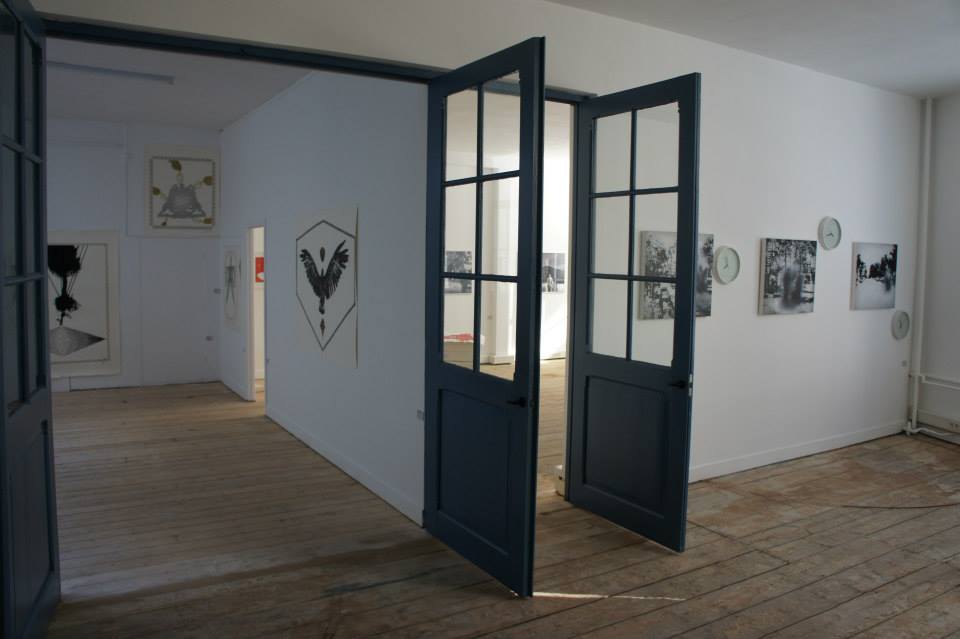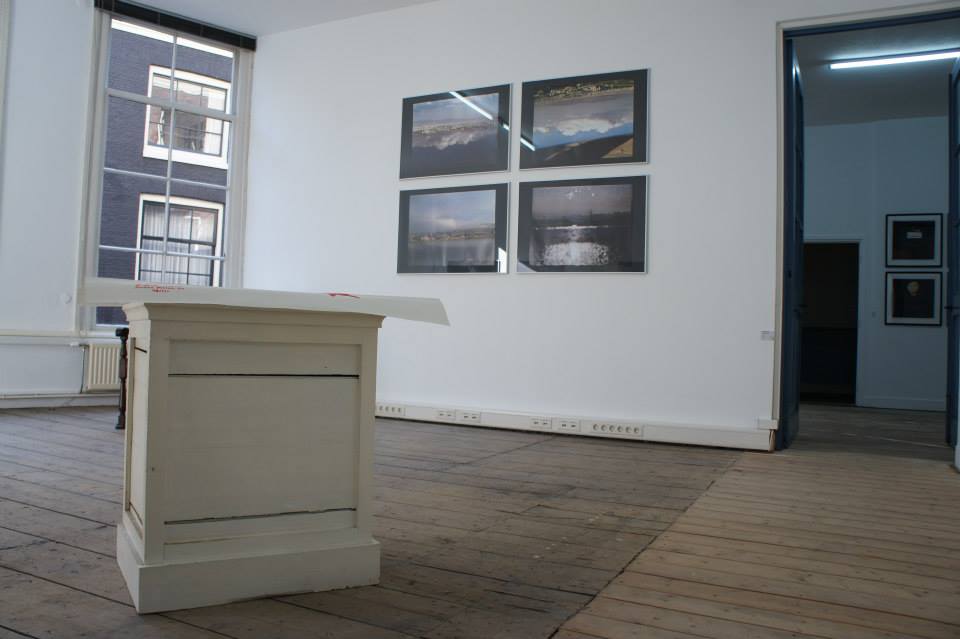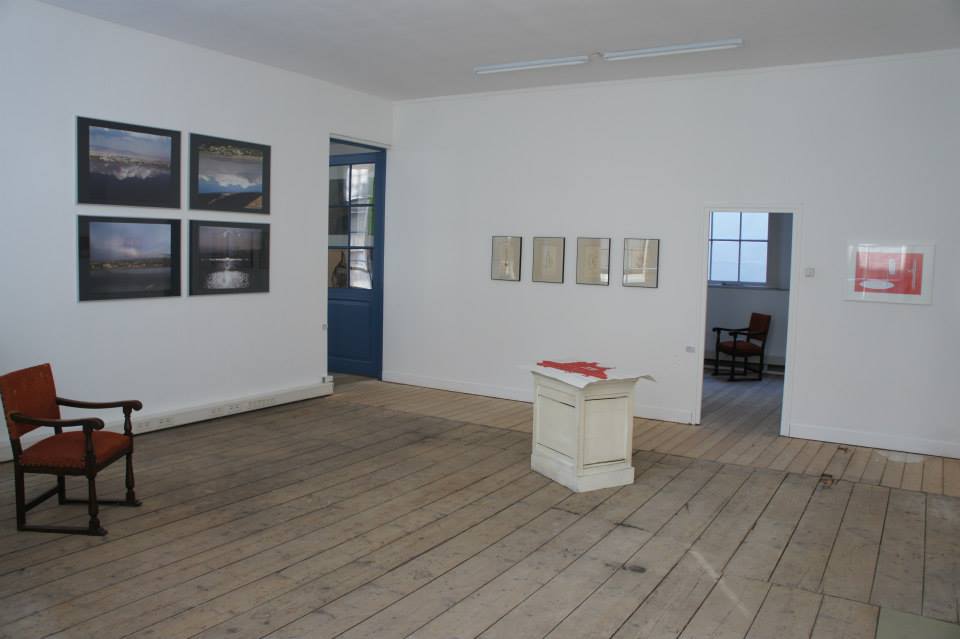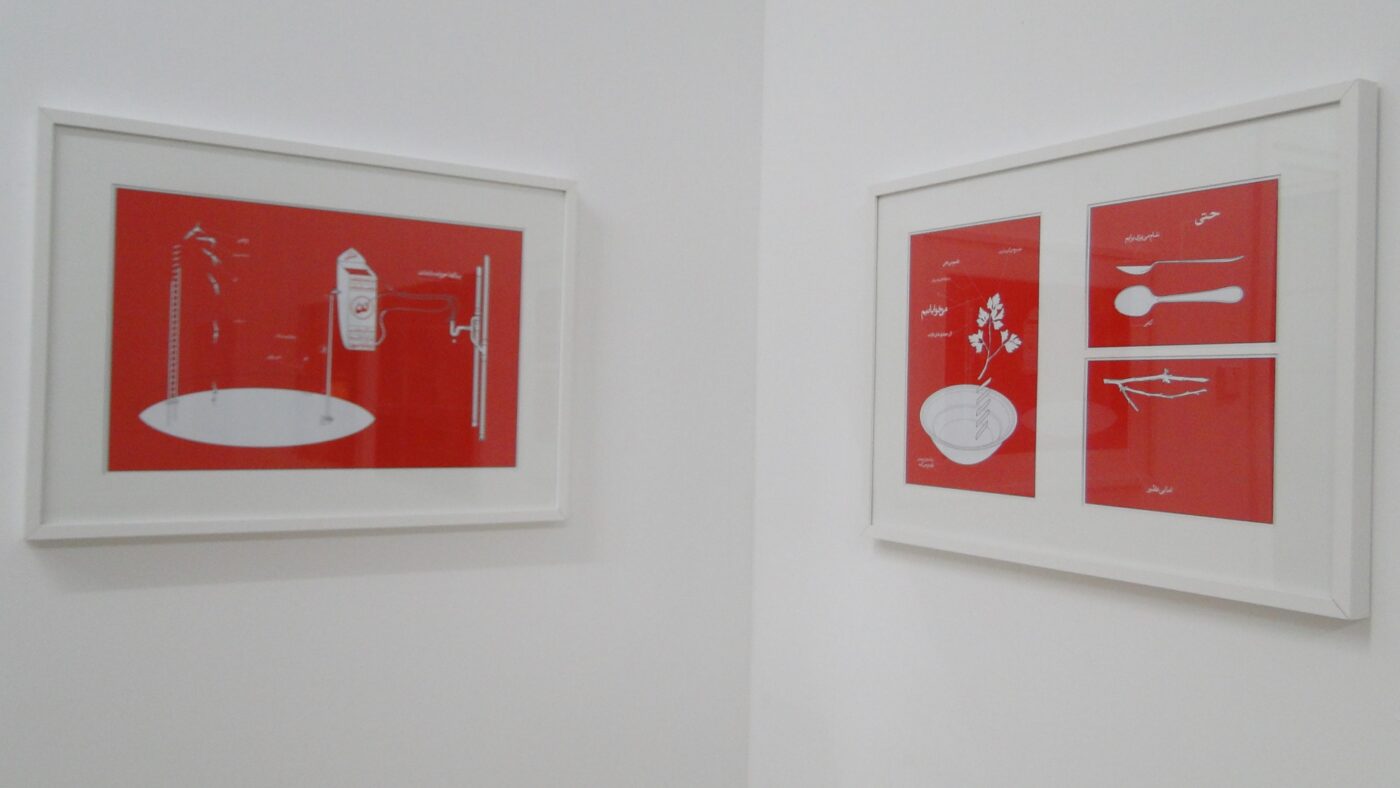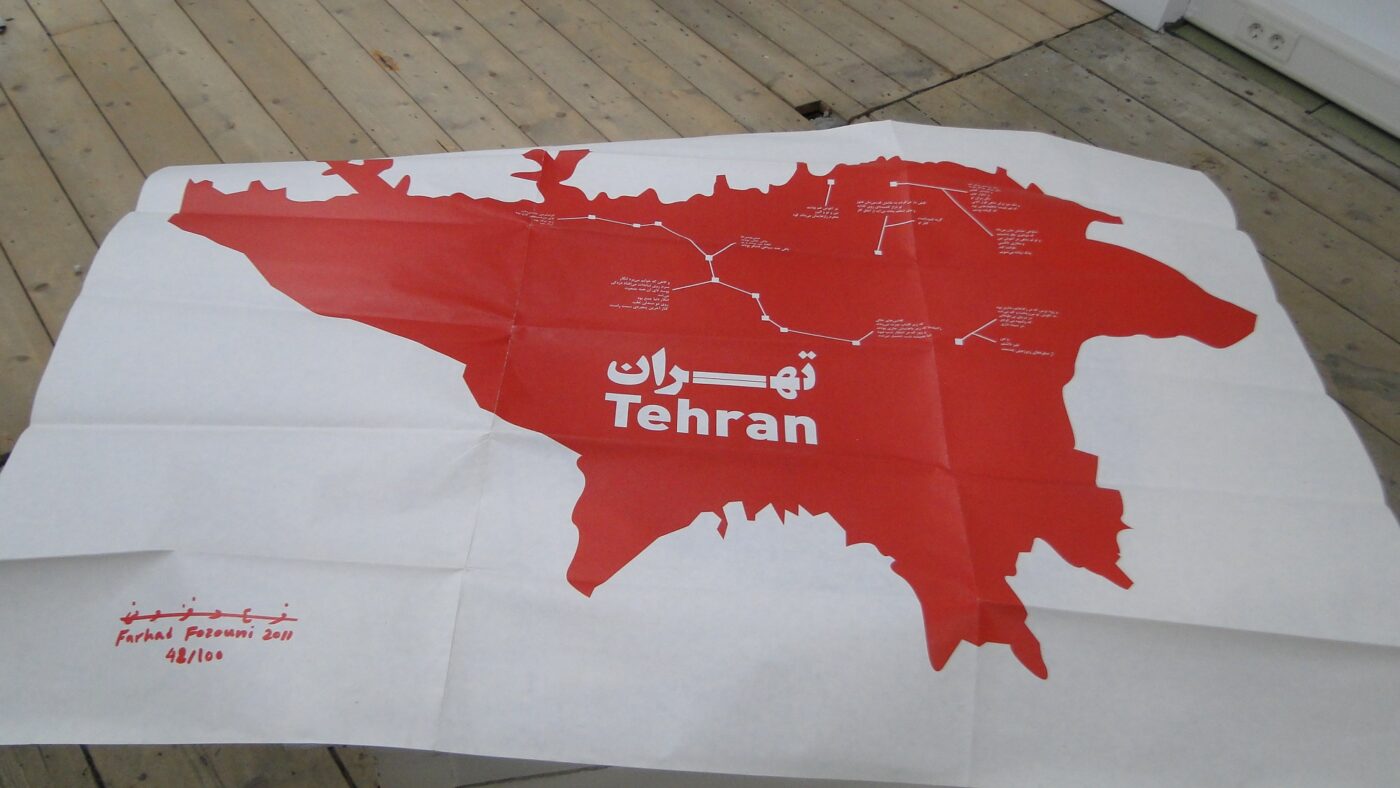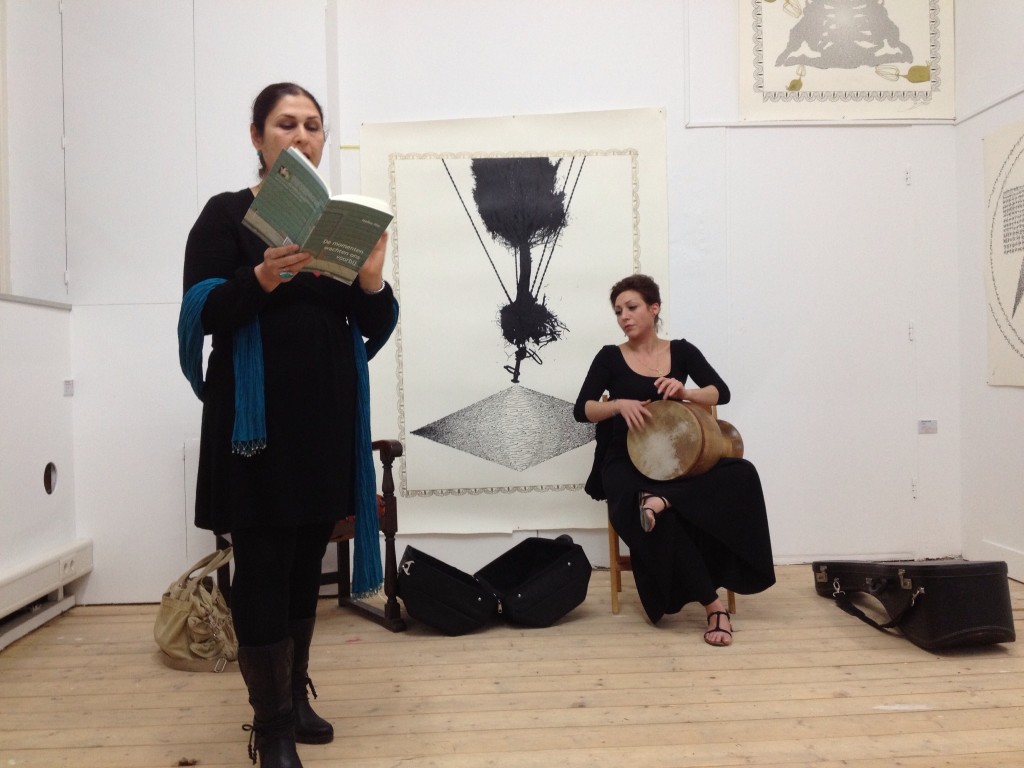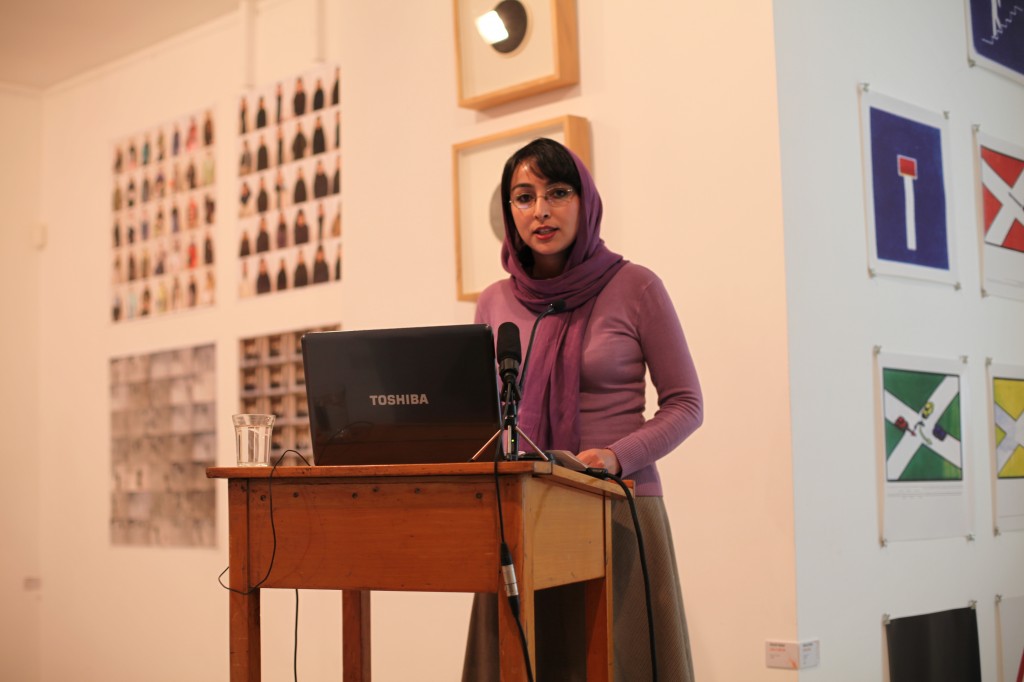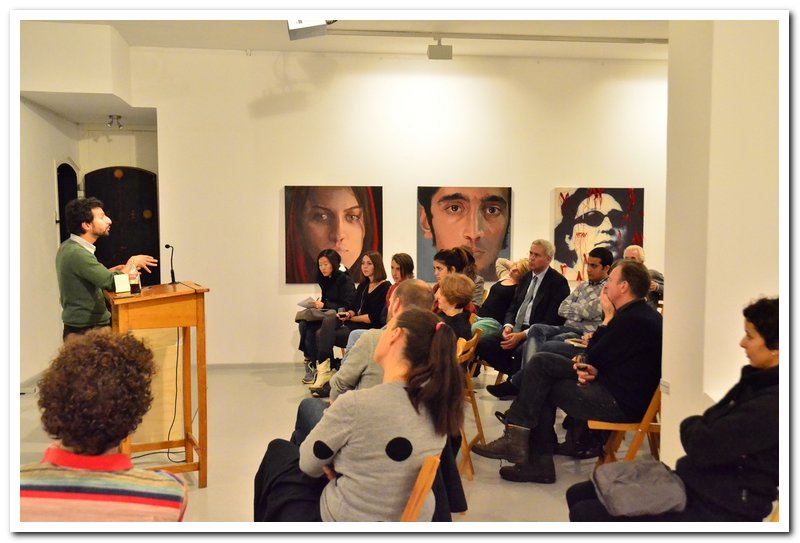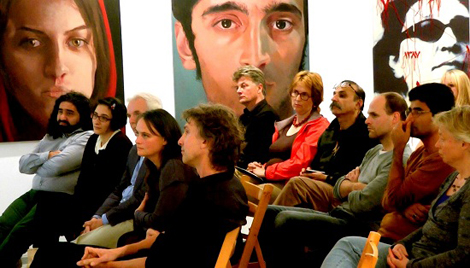Review: Contemporary Iranian art speaks from the heart
During World War II, the third floor of the building at Herengracht 401 in the Dutch capital of Amsterdam hid a number of German-Jewish artists behind its facade. Today, the post-war art venue Castrum Peregrini that was founded subsequently offers a temporary shelter to the regime-critical contemporary artwork of over twenty Iranian artists carefully curated by Shaheen Merali. The latter titled the current collection of graphics, photographs, paintings and various installations Speaking from the heart – The polemic sensibility from Iran (2013).
According to the internationally acclaimed artist Mehraneh Atashi (1980), this title somewhat unnecessarily replaces an earlier one. Atashi is among the twenty-three Iranian artists whom already participated in the earlier though differently titled exhibition also curated by Merali at the Freies Museum in Germany’s capital Berlin in 2011. The only difference in the line-up of artists represented is that of Reza Abedini, the famous graphic designer and artistic director of the Azad Art Gallery. He designed the poster accompanying the present exhibition and took the place of their late fellow artist Farideh Lashaei (1944-2013) in ‘Speaking from the heart’.
Aesthetic opposition
The Azad Art Gallery in Iran’s capital Tehran is an initiative run by the artists listed at the bottom, who are all taking part in the Amsterdam exhibition. The Azad Art Gallery exhibits artwork for a maximum of two weeks: a time-span long enough for the public to pay a visit, but usually short enough not to arouse the suspicion or repercussions of the regime. After the Iranian elections of 2009 gave birth to a series of events generally referred to as the ‘Green Movement’ (which originated a year ahead of the wave of uprisings in the Middle East dubbed the ‘Arab Spring’), Iranian artists found their social workspace often confined to the borders of the city, or, in some cases, even limited to the confines of their homes. Their personal experience of gross human rights violations and immense social distress is a prominent and confronting feature in most of the works.
In the work of Mehraneh Atashi this is less visible. I asked her what message or image she intends to convey with her work. Atashi: “Imagine your home as a resistance space in a city that seems to equal a state, where there is always a possibility of conflict. Still, you can transform the conflict into something new, something fruitful, by translating it into art. Art is not about the story itself: there is always a story, a history. In my view, what matters is the way in which the story is told: the storytelling.” Four pictures of her series ‘Hanging garden’ (2010-2011) feature in Speaking from the heart. Using a water tank to create these shots, Atashi used the tranquil transparency and fluidity of the water to break the light and reflect the imagery of the fixed and vexed city, Tehran.

Installatiefoto van Speaking from the Heart (2013). Posters door Kassai
Art as a language
The exhibition came into being as a result of the cooperation between various parties, and funding by two separate subsidies. The initiator and co-organiser of Speaking from the heart is Framer Framed, a Dutch “initiative to discuss the politics of representation and curatorial practices in the 21st century”. Framer Framed noticed the Berlin exhibition and subsequently endeavoured to bring it to Holland, where Castrum Peregrini proved the most suitable venue. The intriguing past of this venue, interwoven with that of its charismatic founder and ´artist in residence ‘ Gisèle d’Ailly van Waterschoot van der Gracht (1912-2013), certainly adds meaning and poignancy to Speaking from the heart. This title was chosen by Merali and Framer Framed with regard to the differing Dutch context.
It is interesting to see how the organisations involved joined hands with curator Merali (a trained artist and a writer as well) to allow the current exhibition to literally ‘speak’ for itself. Merali: “Local conditions determine the possibilities of the artists to mediate their work, their views. I am passionate about curating regionally, as this offers possibilities to exhibit what otherwise remains local knowledge. I hope it clarifies what remains still a starting point for further conversations about art as a language, instead of as about a group of objects. In the works at display in ‘Speaking from the heart’ it’s not the intellect speaking, but the heart. And the heart is universally associated with both love and pain -with blood, beating through the heart; and with bloodshed, death, loss.”
Scholarly precision and cold-blooded graphics mark the works of the poet and graphical artist Farhad Fozouni (1979). In a different, map-like work, Fozouni laid out the province of Tehran in bloody red, its borders figuratively blurry in the northwest, cut razor-sharp in the southeast. He sprinkled certain spots with poetical musings in Persian and connected them with lines, both in white. Reza Abedini explained the words to me as diary-like fragments; tiny contemporary odes some of which are as intimate of tone as if being addressed to a lover. Viewing Fozouni’s work, I realise how much I would have appreciated an accompanying catalogue offering a translation of the Persian words which Fozouni included. Now, I feel dumb in a way: I can’t grasp the meaning of what the words convey, nor does Reza’s explanation sufficiently satisfy my hunger to understand the work. Still, the graphics of Fozouni’s somewhat macabre ‘Kitchen Poetry’ leave ample room for speculation.
Curating Iran in The Netherlands
How does one curate a country irreversibly re-awakening to democratic reform, that has been entangled in violent socio-religious constraints for so long? Well: with care. Merali opted for an outside the box approach: at least outside the general Western frame of reference which usually either involves some stereotypical links to Persia’s eclectic past of Mughal art, king stories and Sufi poetry, or explicitly refers to its peculiar religious-political situation in the region ever since 1979. Two explicit video installations plainly offer painful food for thought, whereas other works communicate a bitter sense of humour. Some of the works included in the exhibition have to be ‘discovered’, like a series of framed photographs obviously recovered from shredded photos depicting people who got wounded during demonstrations, shown behind wire gauze in a tiny dark room.
Although Speaking from the heart reveals only a tip of the immense contemporary Iranian art iceberg, Merali succeeded in presenting a fair and wide variety of politicised Iranian art more than worthwhile viewing. Moreover, until the finissage on November 9, Framer Framed organized a variety of interesting activities related to the exhibition every Tuesday evening.
Aya Johanna Daniëlle Dürst Britt
This article was originally posted on {al.arte.magazine} and republished with permission.
10 oktober, 2013
- AT5 uitzending gemist - reportage Speaking from the Heart
- {al.arte.magazine}
- Radio1 - Reportage over de expositie
- Azad Art Gallery - Teheran
Links
Iran /
Exhibitions
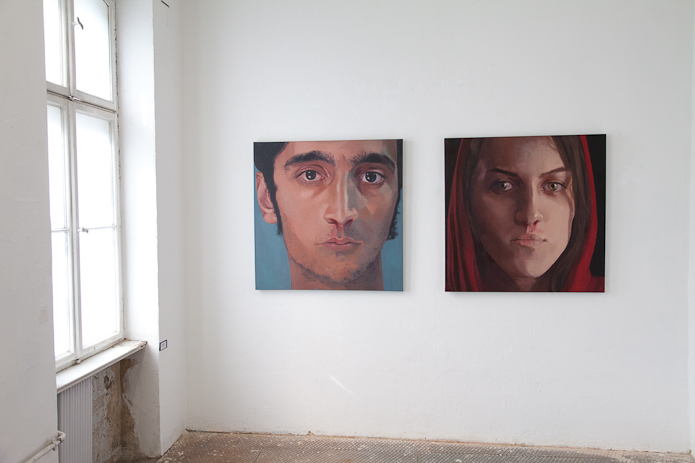
Exhibition: Speaking from the Heart - The Polemic Sensibility from Iran
Curated by Shaheen Merali
Agenda
Programme 'Speaking from the Heart'
Every Tuesday evening during the duration of the exhibition an extensive program with artists, activists, scientists and social organizations will be organized.
Network
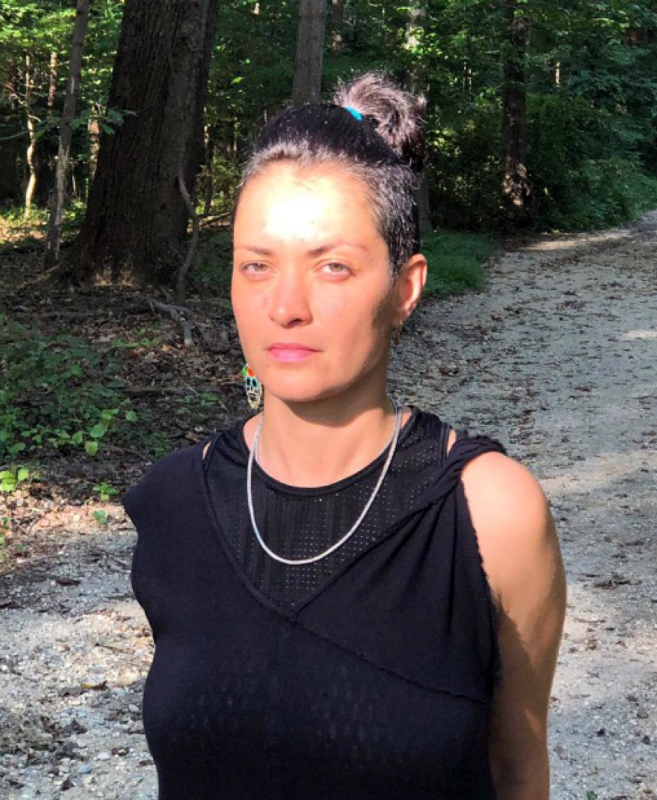
Chupan Atashi
Artist
